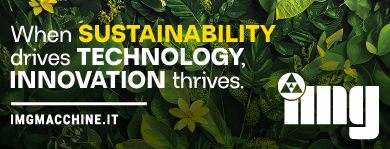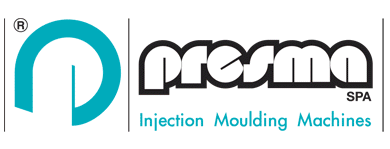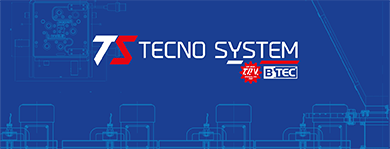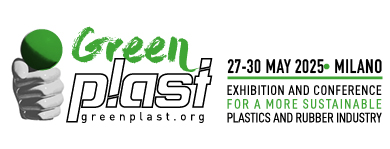PA6 replaces PVC on steel wires

Life-Inno.Pro.Wire is a sustainable innovation challenge. This all-Italian pilot project, stemming from a partnership between two major Italian industrial multinationals, Maccaferri Industrial Group and RadiciGroup, has been awarded financial support for a period of 3 years by the European Commission’s Life+ programme, the European financial instrument for the environment.
The Life-Inno.Pro.Wire project aims to design an innovative process with lower environmental impact for producing extruded steel wire to be used in making metal net protection and containment structures. The sustainability aspect of the project is the use of polyamide 6 from the Radilon range as a viable alternative to PVC for coating the steel wire.
Indeed, the entire traditional process, in which steel wire is zinc-plated and then PVC coated, is an energy hog. But there is more. The conventional process also has a significant environmental impact due to the chloride and salt solution treatment during the melting phase and the disposal of the zinc melt bath waste. The idea put forth by Officine Maccaferri - world player in the research, design and manufacture of advanced environmental civil engineering solutions - is the development of a new and innovative production process in which the zinc coating phase is eliminated. Polyamide 6 plays a central role in this project, because, compared to PVC, it ensures better technical and environmental performance.
“The call for proposals by the European Union”, said Claudio Colibri, corporate R&D manager of Officine Maccaferri, “provides an exciting opportunity for companies interested in developing industrial proposals for strategic sectors such as the environment, biodiversity, environmental policies and governance, information and communications. Over the years, RadiciGroup, Officine Maccaferri and Samp have made environmental sustainability the fundamental development criterion. These companies are going to collaborate by leveraging the strong synergies among their various R&D departments to achieve the ambitious goal of developing a solution with lower environmental impact compared to the products currently available on the market”.
Cesare Clausi, Europe business manager of the RadiciGroup plastics business area, expressed great satisfaction for the collaboration with Maccaferri: “We are proud to be a partner in the Life-Inno.Pro.Wire project. The contribution we can make to this project is defined by the approach we take and the competence of our Group on the sustainability front. Our system, which is set up for the internal management of product environmental declarations and for which we have recently obtained EPD Process Certification, and our recent trial testing of PEF methodology allow us to measure the environmental impact of our polyamide in a rigorous manner. This enables us to provide information based on scientifically verifiable and comparable data for the Life-Inno.Pro.Wire project as well. Environmental impact and performance are variables that we take into account starting from the initial development stage of our polyamides”. “Our Radilon materials will contribute various environmental benefits to Life-Inno.Pro.Wire”, Clausi added. “Namely, product quality, energy savings in the production process, savings in raw materials and environmental certification. Furthermore, in this project the experimental PEF methodology will be applied to measure and calculate the environmental impact of the end product, the metal gabion, as requested by Maccaferri”.
Compared to PVC, PA6 provides superior mechanical characteristics, which will allow the project to: experiment and eliminate the steel zinc-coating, an energy-intensive treatment with a significant environmental impact; reduce the coating thickness, and thus use less plastic for equal performance; and, lastly, make the end product more long lasting. Unlike the process involving PVC, the use of PA6 does not involve the formation of chloride acid vapours during the melting phase. This means safer working conditions for the workers involved during both the production and end-of-life disposal of the metal gabions.




















